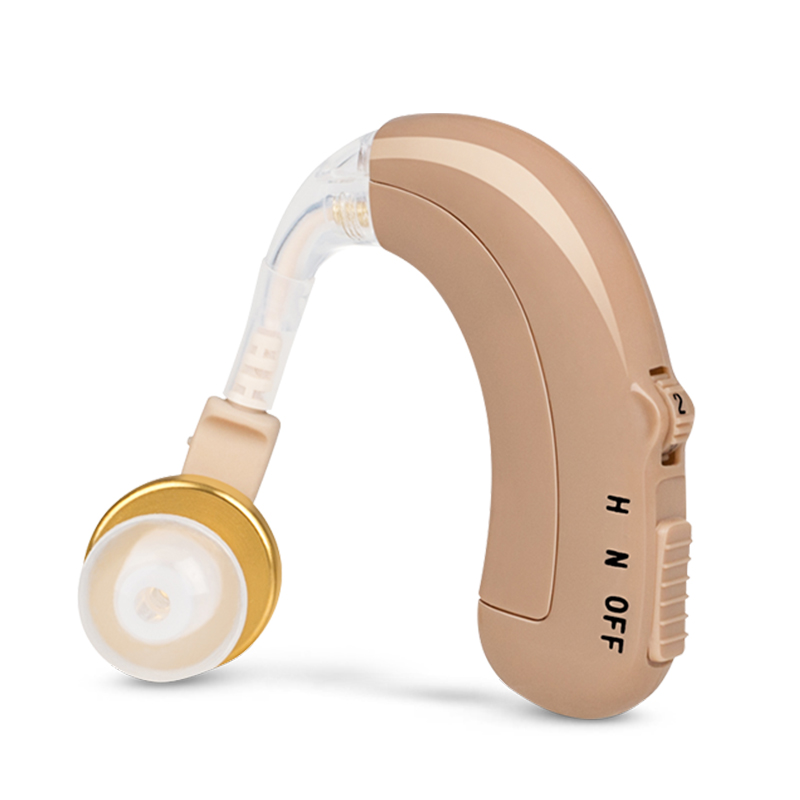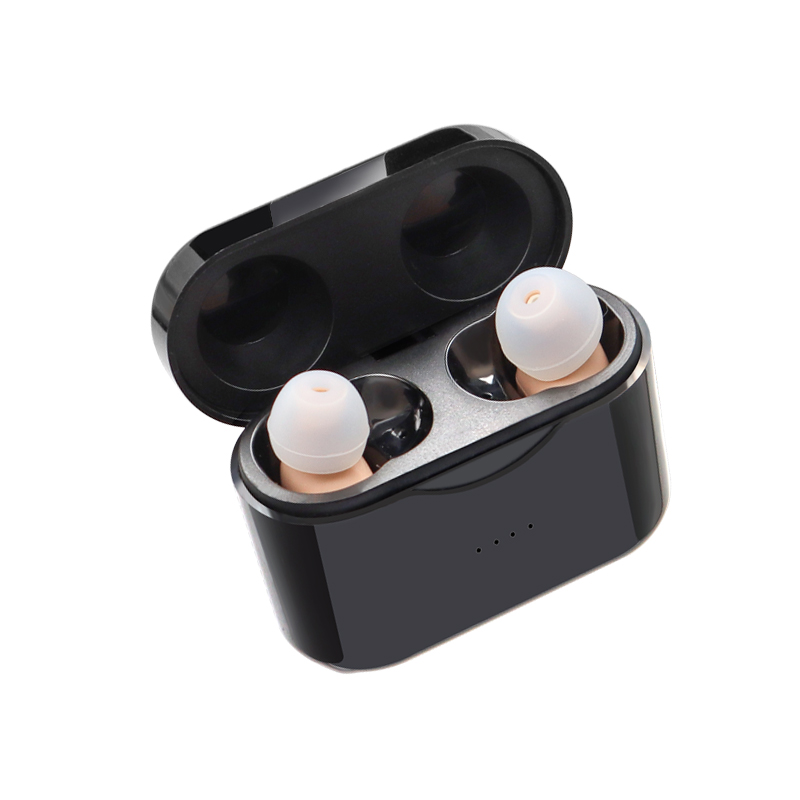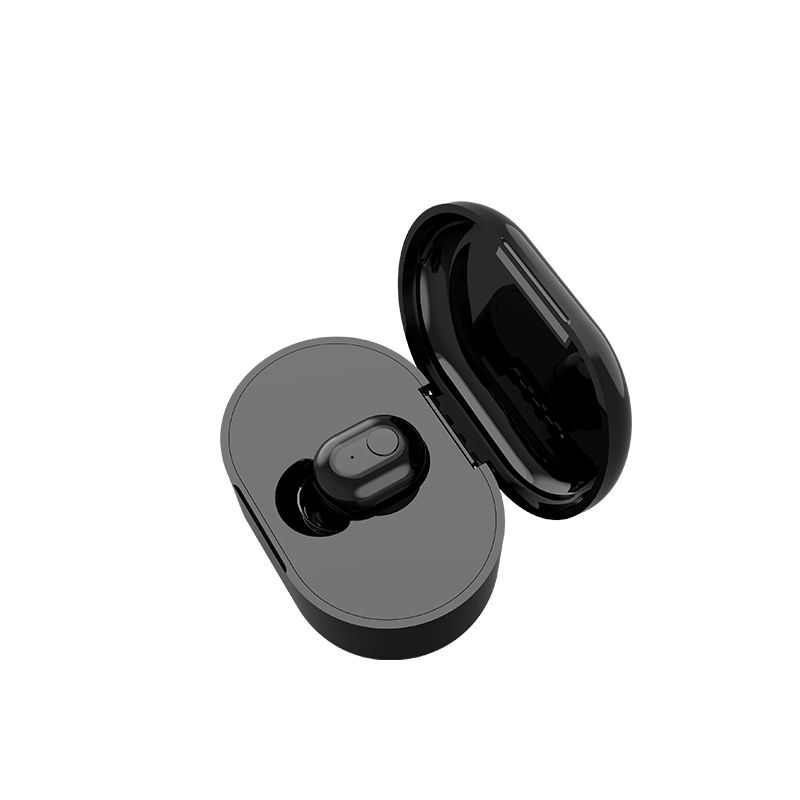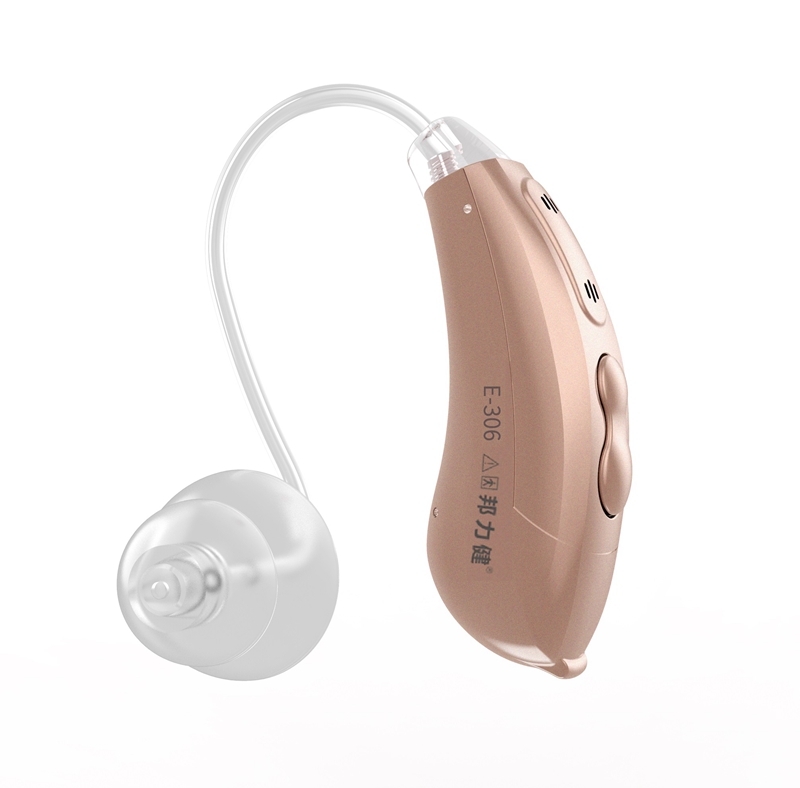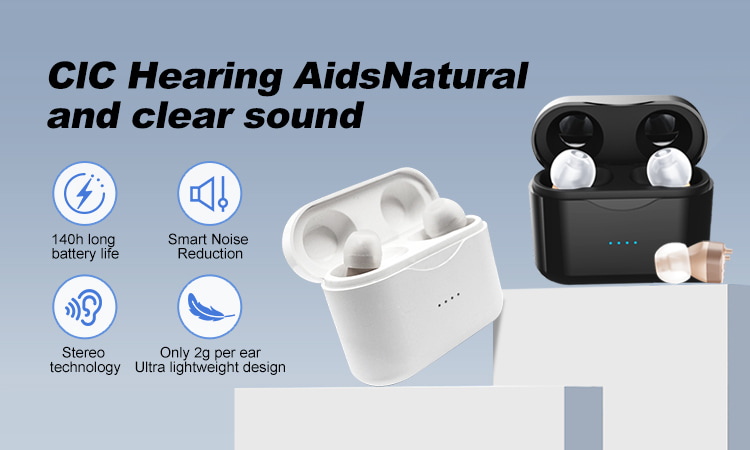Hearing aids are essential devices that help individuals with hearing loss improve their auditory experience. However, many people, especially wholesale buyers and distributors, may be unfamiliar with some of the terminology used in the hearing aid industry. One such term is “hearing aid channel,” which plays a significant role in how hearing aids function. In this article, I will explain what the hearing aid channel is, why it matters, and how it affects the performance of hearing aids.
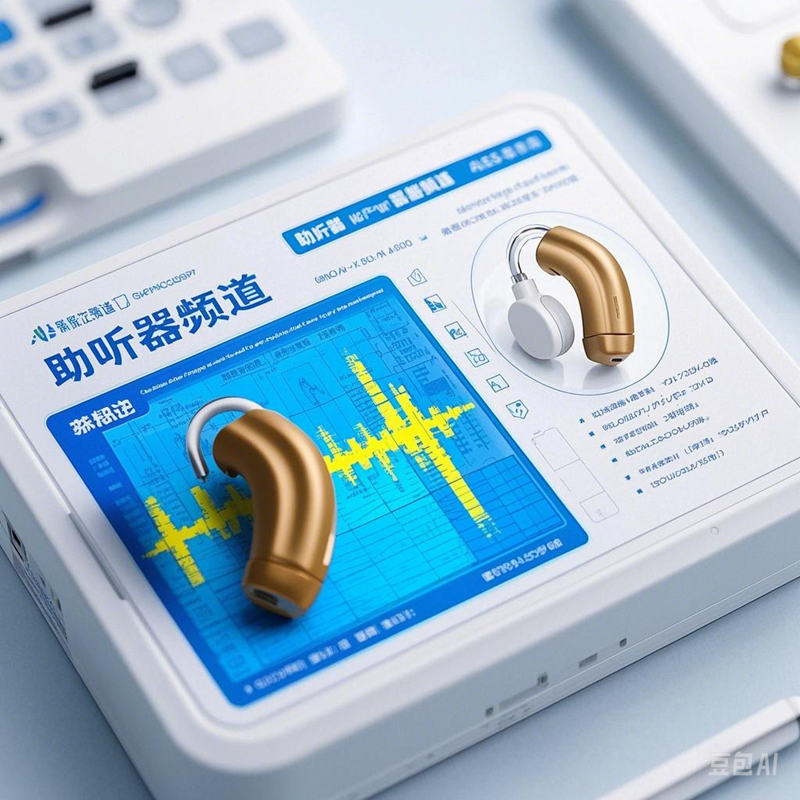
What is a Hearing Aid Channel?
A hearing aid channel refers to the number of frequency bands that a hearing aid can process independently. Each channel is essentially a “pathway” through which specific sounds are processed and adjusted for optimal hearing performance. More channels allow a hearing aid to process sound in greater detail, enabling finer adjustments to different frequencies.
In simple terms, the channel determines the level of sound processing flexibility a hearing aid offers. A higher number of channels means that a hearing aid can separate and process different sounds more effectively. This is crucial for individuals who need to hear clearly in environments with a lot of background noise or those with more complex hearing loss patterns.
Why Do Channels Matter in Hearing Aids?
The number of channels in a hearing aid impacts its ability to provide clear, natural sound. In hearing aids with more channels, the sound is divided into multiple frequency bands, allowing the device to adjust each band separately. This allows for a more customized listening experience based on the wearer’s hearing needs.
For instance, some people might experience hearing loss in higher frequencies but still have good hearing in lower frequencies. A hearing aid with multiple channels can amplify high frequencies more than lower ones, ensuring better sound quality and speech comprehension.
How Do Channels Affect Sound Quality?
Sound quality is one of the most important factors when considering a hearing aid. The more channels a hearing aid has, the more precise the sound adjustments can be. With more channels, hearing aids can focus on specific frequencies and filter out unwanted noise, which is especially important in noisy environments.
For example, hearing aids with fewer channels may provide a more generalized amplification across all frequencies, which may not be ideal for users with complex hearing needs. On the other hand, hearing aids with more channels allow for targeted adjustments, helping users hear clearly and comfortably in a wider range of situations.
How Many Channels Should a Hearing Aid Have?
The ideal number of channels depends on the individual’s hearing needs and the environments in which they’ll be using the hearing aid. For people with mild hearing loss, a hearing aid with fewer channels might suffice. However, those with more severe hearing loss or complex hearing patterns will likely benefit from hearing aids with more channels.
Most modern hearing aids have between 4 to 16 channels. Generally speaking, hearing aids with more than 8 channels offer better clarity and adaptability, particularly in noisy or challenging listening situations.
Do More Channels Mean Better Hearing?
Not necessarily. While more channels can provide more detailed sound processing, the overall effectiveness of a hearing aid depends on several factors, including the quality of the components, the amplification power, and the specific tuning to an individual’s hearing loss.
In some cases, a hearing aid with fewer channels but superior sound processing technology might offer better results than one with more channels but lower overall performance. Therefore, while channels play a role in performance, they are only one aspect of what makes a hearing aid effective.
What Is the Difference Between Channels and Bands?
In the context of hearing aids, channels and bands are often used interchangeably, but they do have subtle differences. A channel refers to the path through which sound is processed, while a band refers to the specific frequency range being processed within that channel.
For example, a hearing aid with 16 channels may also have 16 bands, each corresponding to a particular frequency range. This allows the device to process different frequency ranges separately, providing a more customized listening experience.
What Are the Different Types of Hearing Aids Based on Channels?
Hearing aids vary in the number of channels they offer, which can affect the type of sound processing they provide. Here are some common types based on the number of channels:
- Single-channel Hearing Aids: These are basic hearing aids with only one frequency channel. They amplify all sounds equally, which may not be ideal for people with complex hearing loss.
- Multi-channel Hearing Aids: These hearing aids have several channels (e.g.4, 8, 16 channels), allowing for better sound differentiation and more detailed adjustments. These are suitable for individuals with more specific hearing needs.
- Advanced Multi-channel Hearing Aids: With 16 or more channels, these hearing aids provide the highest level of customization and are typically used by people with more severe hearing loss or those who need detailed adjustments in complex listening environments.
Are Channels the Only Factor in Hearing Aid Performance?
While the number of channels plays a critical role in sound processing, it is not the only factor that determines the effectiveness of a hearing aid. Other important aspects include:
- Microphone Technology: The quality of the microphones used in the hearing aid impacts how well the device picks up sound.
- Noise Reduction: Modern hearing aids feature advanced noise reduction algorithms that help eliminate background noise and focus on speech.
- Battery Life: The battery life of the hearing aid is crucial for users who need their device to work throughout the day without frequent charging.
- Connectivity: Bluetooth connectivity, app compatibility, and other features enhance user experience and accessibility.
How Do Hearing Aid Channels Impact Different Listening Environments?
The number of channels in a hearing aid significantly impacts how the user hears in different environments. For example:
- In Quiet Settings: A hearing aid with fewer channels might still provide sufficient sound clarity in a quiet room.
- In Noisy Environments: More channels are particularly helpful in noisy environments, such as restaurants or crowded streets, where background noise can interfere with speech comprehension. More channels allow for better noise filtering and clearer speech recognition.
- In Complex Sound Environments: For those with complex hearing loss, hearing aids with a larger number of channels help prioritize speech while reducing irrelevant sounds, ensuring a more natural listening experience.
Conclusion
In summary, a hearing aid channel is a key component that determines how sound is processed by the device. The more channels a hearing aid has, the better it can adjust and fine-tune sound to meet an individual’s unique hearing needs. When selecting a hearing aid, it’s essential to consider the number of channels, but also other factors like sound quality, noise reduction, and battery life.
As a wholesale distributor or a buyer, understanding the importance of hearing aid channels can help you make more informed decisions when choosing products for your customers. Whether you’re looking for a basic model with a few channels or an advanced model with multiple channels, it’s crucial to select a hearing aid that aligns with the hearing needs of your target market.
If you’re looking for more details on hearing aids with various channel configurations, feel free to reach out to us. We can help you navigate the available options and find the perfect solutions for your busine
The above is the interpretation of What is the Hearing Aid Channel? provided by Chinese hearing aid supplier Shenrui Medical. Link https://www.srmcm.com/Article/100.html of this article is welcome to share and forward. For more hearing aid related information, please visit Blog or take a look at our Hearing aids products


